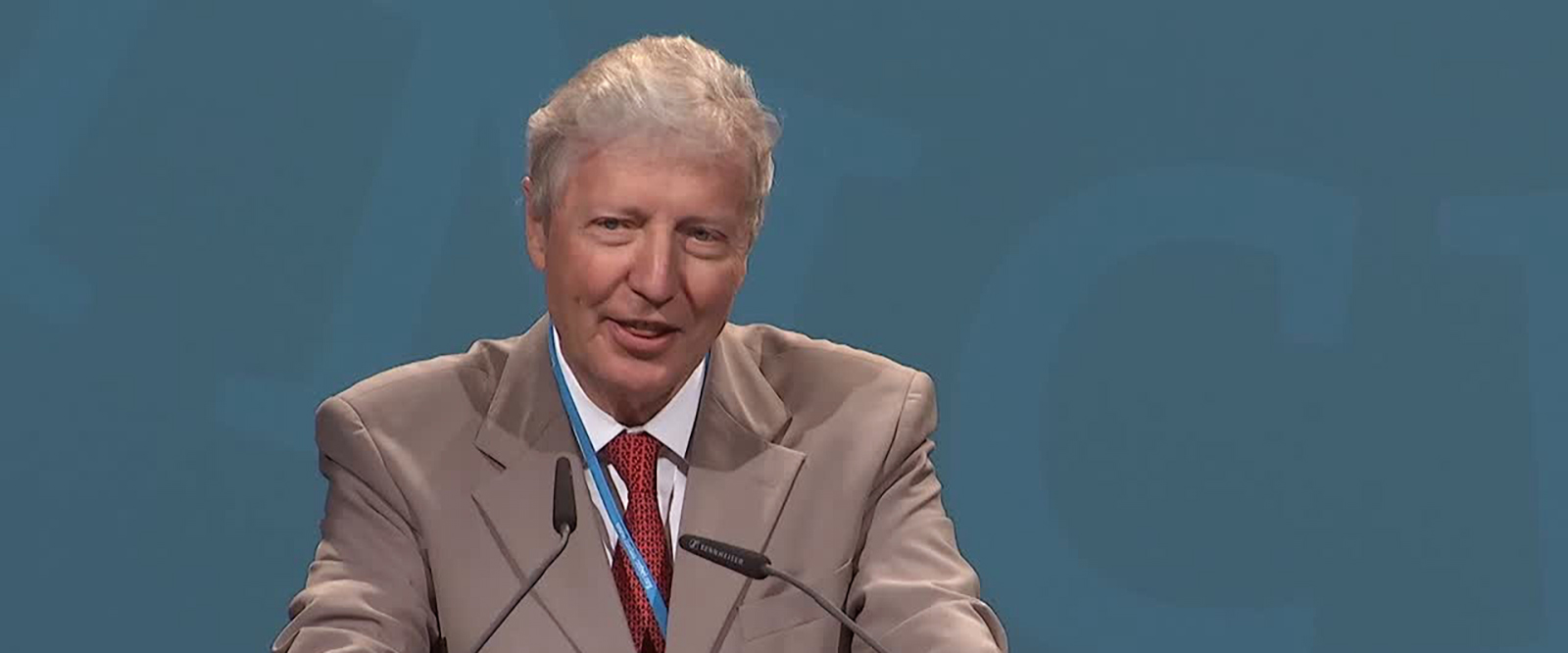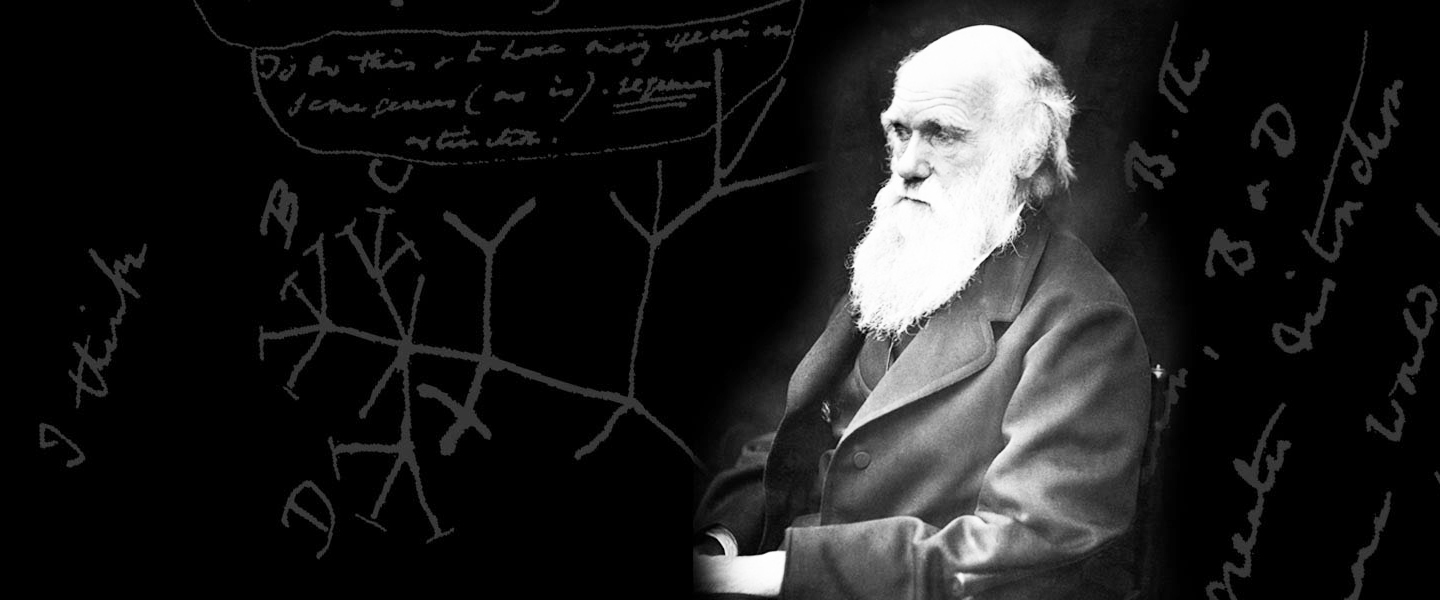In 2015/16 the College continued to attract seveal PhD students and medical trainees in line with its mission to develop graduate studies in College and in the University.. Brief reports of thei work of some of these students follow below. The College with acknowledges the major contribution that several of these students have made throughout the year to the cultural life and teaching of Volta.
Emanuele Bonanno, Ph.D. student in Structural Geology (supervisor: )
In the academic year 2015/2016, the research has been focused on studying the evolution of reverse fault systems in presence of thin weak levels that work as mechanical anisotropies. To this end, we first used scaled physical models capable to simulate the growth of faults. This method uses analogue material – wet kaolin in this case – suitable to simulate the deformation of the earth crust and some associated parameters as the fault propagation rate, interaction between different faults, and folding processes. We applied thin weak levels at the undeformed kaolin by cutting it with an electrified probe, than we run the experiments to observe how the system evolve, i.e. how many faults it forms, what is the propagation rate of the main fault, how fault and discontinuity interacts, and how the related fold evolve. We run experiments with different setting, i.e. different master fault dip, and different number of weak levels (none, one or two) in order to extract the differences and to establish a general trend of variability. A paper related to these physical models is in writing. In the period May, June and July 2016 I moved to the University of Massachusetts to learn the geomechanical numerical models Fric2d and GROW. These two numerical programs are used in structural geology and active tectonics to better understand how the variation of the physical parameters of rocks and faults such as friction, cohesion, stiffness and different geometries can lead to a different work of the system. In our case, we wanted to study the evolution of reverse blind faults in presence of mechanical discontinuity placed above the growing fault – in a similar way to the physical models – but this time varying the friction along the discontinuity and the angle of incidence between the fault and discontinuity. The analysis related to the numerical models is still continuing.
Bonanno E., Bonini L., Basili R., Toscani G. & Seno S., 2016. How horizontal, frictional discontinuities affect fault-propagation folding. Tectonics. (in preparation).
Rosalia Cacciatore, trainee in Patologia Clinica e Biochimica Clinica (supervisor: Fausta Benvenuti)
Dal 01/07/2015 ho continuato l’arruolamento di pazienti gravide affette da malattie reumatiche (sindrome di Sjogren, connettivite indifferenziata, LES, fibromialgia, artrite, spondiloartrite anchilosante) e gravidanze fisiologiche, inoltre sono stati portati avanti gli arruolamenti iniziati precedentemente. Sono state arruolate 40 pazienti e 46 controlli, di questi, 42 hanno partorito. Tutte le pazienti arruolate sono state sottoposte alla compilazione di un questionario di screening per le malattie reumatiche, ad ecografie ostetriche seriate (20 e 34 wks) per la valutazione della flussimetria delle arterie uterine, visite specialistiche reumatologiche e, come previsto dal protocollo, prelievi per il dosaggio dell’HLA-G solubile, per la valutazione del polimorfismo HLA-G di 14 bp e il polimorfismo HLA-DRB1. Tutti i campioni sono pervenuti presso il laboratorio di Immunogenetica (situato all’interno del Servizio di Immunoematologia e Medicina Trasfusionale), sono stati accettati e l’anagrafica di ogni gestante e relativi cordoni è stata inserita nel software gestionale Daisy, un archivio informatico che permette di codificare in modo univoco, mediante un codice, ogni soggetto. Ogni campione è stato processato mediante centrifugazione a 1500 rpm per 15 minuti, in modo da ottenere aliquote di plasma e buffy coat dal quale è stato estratto il DNA. L’estrazione del DNA è stata eseguita utilizzando un estrattore automatico che utilizza particelle magnetiche che agiscono come una fase solida attorno a cui precipita l’acido nucleico in opportune condizioni. Sono state create, pertanto, una genoteca e una plasmoteca che contengono tutto il materiale utile per la tipizzazione del polimorfismo 14bp ins/del dell’esone 8 del gene HLA-G, il polimorfismo del gene HLA- DRB1 e per il dosaggio della proteina solubile HLA-G. Presso il laboratorio di Immunogenetica, abbiamo iniziato a tipizzare il polimorfismo HLA-G 14 bp ins/del nella regione 3′UTR dell’esone 8 mediante reazione a catena della polimerasi (PCR) con primer specifici ed effettuato l’analisi della reazione mediante elettroforesi sul gel d’agarosio. L’analisi è stata effettuata su tutte le pazienti, e relativi cordoni arruolati a partire dal 01/07/2015, oltre alle pazienti, e relativi cordoni, arruolati precedentemente. Dai dati è emerso che le frequenze genotipiche osservate nelle gravide malate (ins/del 56.6%, del/del 26.4%, ins/ins 17%) sono diverse dai controlli (ins/del 39.2%, del/del 39.2%, ins/ins 21.6%), si nota un aumento della percentuale dei genotipi eterozigoti (ins/del) nelle gravide malate rispetto ai controlli, tale condizione risulta significativa con p=0,047. Per quanto riguarda l’analisi del polimorfismo ins/del sul gene HLA-G dei bambini nate da signore malate le frequenze genotipiche osservate (ins/del 48%, del/del 36%, ins/ins 16%) risultano significativamente diverse (p=n.s) dai controlli (ins/del 25%, del/del 40%, ins/ins 35%). Contemporaneamente è stato portato avanti l’arruolamento di pazienti gravide affette da patologie tiroidee autoimmuni, campione costituito da 43 gestanti e da 15 relativi cordoni, su questi campioni sarà effettuata l'analisi del HLA-Gs. Le patologie reumatiche in gravidanza sono strettamente associate alle patologie autoimmuni tiroidee. La presenza di autoanticorpi tiroidei potrebbe aumentare il rischio di un outcome avverso in gravidanza, già presente nella patologia reumatica autoimmune. L’autoimmunità reumatica e tiroidea dovrebbe essere individuata precocemente per prevenire potenziali complicanze ostetriche potenziali. Questi studi hanno permesso la realizzazione di una genoteca e plasmoteca la cui organizzazione e manutenzione richiedono un impegno e una vigilanza costante, esse rappresentano un patrimonio di alto valore scientifico per future ricerche nel campo delle malattie autoimmuni reumatologiche in gravidanza. Durante il prossimo anno di Ricerca Corrente proseguiremo con gli arruolamenti, completeremo l’analisi della proteina HLA-G solubile (HLA-Gs), valuteremo la variazione della concentrazione di HLA-G solubile nei differenti trimestri di gravidanza. In seguito proseguiremo con le tipizzazioni del polimorfismo HLA- DRB1.
Andrea Capucciati, PhD student in Chemistry (supervisor: )
During the academic year 2015-2016, I have focused my research on synthesis and structural characterization of new soluble synthetic melanin with fibrillar protein. Neuromelanins (NMs) are dark pigments that accumulate during aging in various brain areas particularly concentrated in dopaminergic neurons of substantia nigra and in noradrenergic neurons of locus coeruleus, which selectively degenerate in Parkinson’s Disease. NMs are characterized by three types of organic moieties covalently linked to each other (melanin, protein, and lipid), and are able to bind iron(III) and other metals. X-ray powder analysis of NMs showed the presence of a motif possibly due to fibrillar aggregates with typical cross-β structure. This observation suggests that the initial step of NM formation relies on the presence of fibrillar protein seeds. In order to understand if this motif is due to the presence of fibrillar protein in NM core, we have synthesized NM models containing a fibrillated protein. The melanic portion of the conjugates contains either eumelanic (EufLG) or mixed eumelanic/pheomelanic composition (PheofLG), the latter simulating natural NMs. In addition, the conjugates contain dosable amounts of iron(III), mostly bound to the melanin component and associated in multinuclear clusters, as it occurs in NMs. The melanin-fibrils conjugates have been characterized with different techniques (NMR, LC-MS, CD,ICP-MS, EPR) and it has been shown that upon melanization, conjugates maintain the amyloid cross-β protein core as the only structurally organized element, similarly to human NMs.Furthermore, the synthetic models are able to activate microglia cells in vitro through up-regulation of the typical pro-inflammatory genes, similarly to human NM. These results suggest that melanin-protein conjugates can be used to study NM-induced neuroinflammation and to conceive new in vitro and in vivo models of Parkinson’s Disease.
Luca De Martinis, Medical Trainee in Endocrinology (supervisor: L Chiovato)
I’m a young medical doctor and i’m going to spend my seventh year in Collegio Volta, which saw me growing formerly as a student and subsequently as a worker. Almost two years ago i had the chance to win a place and start working and studying in the school of speciality in Endocrinology and Metabolism of Pavia University. Our school is very well known for the expertise in treatment of thyroid diseases, but the organigram of professionals cover also the Internal Medicine field with particular regard to Diabetology. Eventually, and luckily, i had the possibility to make my passion my everyday job. In these two years i spent most of time in our Internal Medicine Unit, building a general but essential knowledge of a wide spectrum of diseases and their treatment. But i also had the opportunity to reasearch and study, and finally publish some articles, mainly about thyroid autoimmunity and its mechanism. I’m quite satisfied about my medical training in Pavia, but i do not exclude to work and study abroad some day. I certainly reccomend to a young student to spend his university years in a college here in Pavia, better if in this college; and to a young medical doctor to consider the amazing expanding world of Endocrinology for his successful career.
A male patient with acromegaly and breast cancer: treating acromegaly to control tumor progression.
Leporati P, Fonte R, de Martinis L, Zambelli A, Magri F, Pavesi L, Rotondi M, Chiovato L.
BMC Cancer. 2015 May 12;15:397. doi: 10.1186/s12885-015-1400-0.
The effect of Greek herbal tea consumption on thyroid cancer: a case-control study.
Riza E, Linos A, Petralias A, de Martinis L, Duntas L, Linos D.
Eur J Public Health. 2015 Dec;25(6):1001-5. doi: 10.1093/eurpub/ckv063. Epub 2015 Apr 4.
Exposure to perfluorinated compounds: in vitro study on thyroid cells.
Coperchini F, Pignatti P, Lacerenza S, Negri S, Sideri R, Testoni C, de Martinis L, Cottica D, Magri F, Imbriani M, Rotondi M, Chiovato L.
Environ Sci Pollut Res Int. 2015 Feb;22(3):2287-94. doi: 10.1007/s11356-014-3480-9. Epub 2014 Sep 4.
Serum negative autoimmune thyroiditis displays a milder clinical picture compared with classic Hashimoto's thyroiditis.
Rotondi M, de Martinis L, Coperchini F, Pignatti P, Pirali B, Ghilotti S, Fonte R, Magri F, Chiovato L.
Eur J Endocrinol. 2014 Jul;171(1):31-6. doi: 10.1530/EJE-14-0147. Epub 2014 Apr 17.
Type I and type II interferons inhibit both basal and tumor necrosis factor-α-induced CXCL8 secretion in primary cultures of human thyrocytes.
Rotondi M, Coperchini F, Sideri R, Groppelli G, de Martinis L, Villani L, Pignatti P, Magri F, Chiovato L.
J Interferon Cytokine Res. 2013 Sep;33(9):508-13. doi: 10.1089/jir.2012.0080. Epub 2013 May 15.
Michele Invernici PhD student in Chemistry (supervisor: )
During the academic year 2015-2016, I have focused my research on studying macrocyclic complexes. In particular I studied bis-macrocycle complexes consist of two simil-cyclam subunit linked by an ortho xylene bridge, using copper or Nickel as metallic centers. These complexes have the capacity to act as a receptor for small anions, such as Chloride and Bromide. Bis-macrocycle complexes compared to mono-macrocycle complexes have the advantage to coordinate some anions inside the cavity. The bridge coordination of the anions between the two metallic centers permit to have higher binding constants and higher selectivity. In order to study the interaction between our complexes and anions, I carried out UV-Vis titration, ITC titration, DPV titration and EPR titration. I calculated the binding constants by UV-Vis titration and ITC titration. With ITC titrations I was even able to determinate all the thermodynamic parameters of each interaction between the complexes and the anions. EPR technique showed me that using specific anions, a spin-spin coupling take place between the two metallic centers inside the bis-macrocycle.
M Boiocchi et al. Anion Binding by Dimetallic Nickel(II) and Nickel(III) Complexes of a Face-to-Face Bicyclam: Looking for a Bimacrocyclic Effect Inorg. Chem., 2016, 55 (6), pp 2946–2959 (2016) doi: 10.1021/acs.inorgchem.5b02826
Liu Kaixu, PhD student in Electronics, Computer Science and Electrical Engineering (supervisor: )
Multi-platform system of Indoor Navigation. The indoor navigation system is divided by four modules and the overall framework that contains four functional modules and related techniques. Four functional modules are Indoor Mapping, Indoor Positioning, Path Planning, and En-route Assistant respectively. The layered Indoor Mapping includes Indoor Map, Magnetic Field fingerprints, POI integration and attachments. The indoor map layer (bottom layer) describes the structured space and the POI of each floor. It could create the indoor map by either converting files (converting OSM to SVG) or gathering CAD files. Converting OSM/CAD to SVG is our approach of creating indoor map. Magnetic field layer collects magnetic field fingerprints that are embedded into the indoor map. Above magnetic field layer, POI layer labels and identifies individual points by an appropriate tag. This layer displays an intuitive landmark information to users. At the top layer, attachments provide descriptions by text, pictures, which link to one or multiple POIs to interact with users directly. For positioning, alternative positioning techniques are needed because GPS signals weak or useless for indoor. Indoor positioning module may be supported by various indoor positioning technologies. For instance, Radio frequency identification (RFID) communicates data by radio. WLAN transmits signals for positioning. Bluetooth transfers data and locates users. All above technologies rely on infrastructure. We have based our solution on geomagnetic field positioning that matches collected fingerprints unique to a building, which achieves a high precise positioning without external devices. It includes geomagnetic detection, direction detection and movement detection. Based on geomagnetic field sensor, internal sensor will measure the geomagnetic data and estimate user’s position while user is moving. The results of sensor positioning will be transmitted to the navigation system, and they are used for updating navigation prompts and maps. Wayfinding is necessary to reach the destination, which includes route planning and path navigation. Route planning calculates an optimal route for pedestrian indoor navigation system, according to information on POI and route. Path navigation process follows the user’s track, based on results of route planning. Such function in turn requires a map on which to display the course from start to destination and an algorithm to plot the course to such destination (path planning). Indoor Path Planning module may be based on various techniques as ACO (Ant Colony Optimization), AC (Ant Colony), A* algorithm, etc. In our solution, we use an optimized ant colony algorithm because it avoids the obstacles (walls). The segments and turning points of the path are the foundation/ resources for subsequent En-route Assistant module. En-route Assistant module provides the services in various devices, handed system, wearable system, etc. can be used for an enhanced navigation. Augmented Reality (AR), as a distinctive feature for an effective indoor navigation, represents a real indoor scene and overlays navigation directions on the scenery of the real world. User does not need to know the route and where he/she is, because the system forwards directional prompts, such as go straight, turn left or right. Such direction is based on a north-oriented relative space system, which calculates the angle between the sensor direction and the north.
1. Linlin You, Gianmario Motta, Kaixu Liu, Tianyi Ma: A Pilot Crowdsourced City Governance System: CITY FEED. CSE 2014: 1514-1519
2. Kaixu Liu, Gianmario Motta, Linlin You, Tianyi Ma: A Threefold Similarity Analysis of Crowdsourcing Feeds. ICSS 2015: 93-98
3. Gianmario Motta, Kaixu Liu: Software Engineering Education: the Lab-Internship Alternative. 11th China – Europe International Symposium on Software Industry Orientated Education. CEISEE 2015.
4. Gianmario Motta, Daniele Sacco, Tianyi Ma, Linlin You, Kaixu Liu: Personal Mobility Service System in Urban Areas: The IRMA Project. SOSE 2015: 88-97
5. Gianmario Motta, Tianyi Ma, Kaixu Liu: Software / Services Engineering education in a China-Europe collaboration program. 11th China – Europe International Symposium on Software Industry Orientated Education. CEISEE 2015.
6. Linlin You, Gianmario Motta, Kaixu Liu, Tianyi Ma: CITY FEED: A Pilot System of Citizen-sourcing for City Issue Management. ACM Transactions on Intelligent Systems and Technology (TIST) 7.4 (2016): 53.
7. Kaixu Liu, Gianmario Motta, Tianyi Ma, Tao Guo: Multi-floor Indoor Navigation with Geomagnetic Field Positioning and Ant Colony Optimization Algorithm. DOI: 10.1109/SOSE.2016.18, 2016 IEEE Symposium on Service-Oriented System Engineering (SOSE)
8. Kaixu Liu, Gianmario Motta,Tianyi Ma: XYZ Indoor Navigation Through Augmented Reality: a research in progress. SCC 2016.
9. Tianyi Ma, Gianmario Motta, Kaixu Liu: MOBANA: a Distributed Stream-based Information System for Public Transit. SCC 2016.
10. Kaixu Liu, Gianmario Motta, Tianyi Ma, Ke Fan: A threefold similarity analysis of crowdsourcing feeds. International Journal of Information Technology and Management (IJITM) 2016
Lopez (PhD student in Earth Sciences (supervisor: )
Microwave-Induced Pyrolysis for Production of Sustainable Biodiesel from Waste Sludges. Biogas will constitute a significant fraction of future power supply, since it is expected to contribute a large share of the EU renewable energy targets. Biogas, once produced, can be combusted in traditional boilers to provide heat, or to generate electricity. It can be used for the production of chemical compounds, or fed into a pipeline. This review paper will briefly analyze the current most promising emerging biogas technologies in the perspective of their potential uses, environmental benefits, and public acceptance; draw a picture of current conditions on the adoption of a biogas road map in the several EU Member States; analyze incentive and support policy implementation status and gaps; discuss non-technological barriers; and summarize proposed solutions to widen this energy’s use.European Framework for the Diffusion of Biogas Uses: Emerging Technologies, Acceptance, Incentive Strategies, and Institutional-Regulatory Support. Disposal of sewage sludge is becoming one of the most important issues in wastewater treatment: the 2005 EU sludge production was estimated at 9.5 million tons dry weight, up 54 % in 10 years. Sludge disposal costs may constitute 30–50 % of the total operation cost of WWTPs. Sewage sludge still contains resources that may be put to use, like nutrients and energy, that can be recovered through a variety of approaches. By applying microwave heating to achieve pyrolysis to the sludge under treatment, the more desirable production oil and gas fractions is increased and the residual solid fraction decreases. Microwave-assisted pyrolysis of urban waste sludge was applied for the production of oil and (Syn)gas, that were afterwards characterized and compared to mainstream alternative fuels (biodiesels). An energetic estimate of the process is performed and described. A key factor in deciding the positivity of the energetic balance (and therefore the economic validity of the process) is the correct “tuning” between microwave source and treated sample.
Review European Framework for the Diffusion of Biogas Uses: Emerging Technologies, Acceptance, Incentive Strategies, and Institutional-Regulatory Support Andrea G. Capodaglio *, Arianna Callegari and Maria Virginia Lopez Civil Engineering and Architecture Department (DICAr), University of Pavia, 27100 Pavia, Italy;











